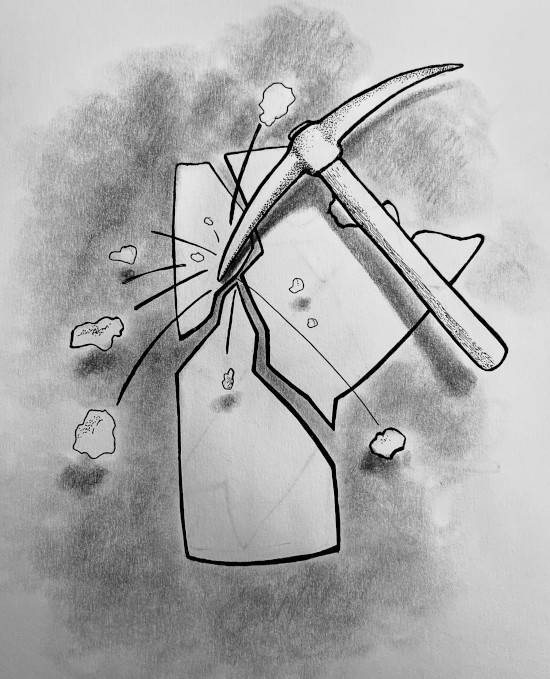Unclear critical-minerals strategy sparks demand for answers
One green city

While navigating the climate crisis, governments have to balance people’s needs with the planet’s health. Switching to wind turbines and electric cars obviously helps wean communities off coal and oil. However, renewable energy systems come with their own environmental risks.
Critical minerals are components used to power green energy technology. The magnets that turn wind turbines are powered by neodymium, among other rare earth elements.
Twenty-nine of the 31 minerals on Canada’s 2021 critical-minerals list can be found in Manitoba, including lithium, graphite, silica, nickel, cobalt and copper. The Manitoba government recently released their new Critical Minerals Strategy, a declaration to potential extraction companies “that Manitoba is open for business.”
Seven organizations, including Mining-Watch Canada, the Wilderness Committee and Camp Morning Star have penned an open letter recommending the PC government delay implementing this new strategy.
One of their main criticisms is that they believe the government’s policy was unnecessarily rushed, unclear and developed without public consultation.
It’s unclear who the Province did consult. While they claim to have spoken to Indigenous groups, the government has not specified which groups they spoke to. It’s irresponsible for a government to be secretive regarding who they consult with and seemingly uninterested in hearing from the potentially affected public.
Without knowing who the Province consulted while creating this and other policies, people can’t know whose interests the government prioritizes.
“Manitoba can be a leader in the most sustainable mining practices in the world. We do not need to repeat the mistakes made in the past. This requires collaboration and meaningful consideration of all voices, not just the voices of those who will benefit financially,” the open letter reads.
Camp Morning Star, located about two hours north of Winnipeg, is already protesting a silica mine established near Hollow Water First Nation.
Silica mining can cause silicosis, a longterm lung disease caused by breathing in silica dust, and the drainage of acidic water into surrounding waterways, which can harm wildlife.
The risk of acidic water draining is highly likely in open-pit mining and can have lasting effects. A British Columbia mine that was shut down 60 years ago still leaks acid runoff into Alaska’s Taku River, which supports five salmon species and is important for both the seafood and sport-fishing industries.
“It is unclear how the strategy is going to improve consultation opportunities and ensure Indigenous communities are able to give, or withhold, their free, prior and informed consent to mining developments,” Mary Jane McCarron from Camp Morning Star says.
“Manitoba’s strategy does not address the need to mitigate and regulate the negative environmental impacts of mining activities,” Jamie Kneen, a MiningWatch Canada spokesperson, says. “Measures need to be included to prevent mining disasters and better protect the health of communities and the environment.”
The organizations behind the letter would like to see a future mining strategy that incorporates consideration of cumulative impacts into the provincial environmental policy; prioritizing positive relationships with mining workers, unions and impacted communities; and financial sureties to ensure cleanup costs mining activities are not paid for by citizens.
While switching to greener energy alternatives is a step in the right direction, it shouldn’t be rushed. Mining presents health and environmental challenges that Manitoba shouldn’t barrel toward without due care and attention to the potential negative effects of “solutions.”
Allyn Lyons is a graduate of the University of Winnipeg and Red River College’s Creative Communications joint-degree program. It’s pronounced uh-lyn.
Published in Volume 78, Number 01 of The Uniter (September 7, 2023)






